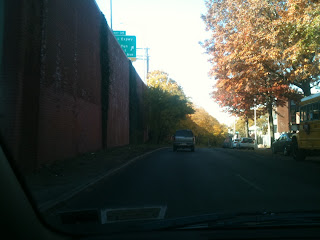 |
| Peter Stangl, 1995 (played here by Dick Van Dyke) |
As reported in this space yesterday, the first documented public reference to Cardvaark came in Ellis Henican's Newsday column of July 27, 1993. Only appropriate, then, that the last one came in Henican's column of August 5, 1993--just over a week later. Henican reported on a meeting of the MTA's marketing department, after which MTA Chairman Peter Stangl announced: "As far as I'm concerned, Cardvaark can go away." And go away he did. To this day, the MTA has never used a mascot again. (Just imagine: "Hi, I'm your friendly subway beagle, See-Something-Say-Something: Hooowlp us out....")
Henican's reporting was instrumental in the death of The Cardvaark and in exposing the costly, ill-conceived marketing plan Cardy was a symbol for, but questions remain:
-Whose original concept was The Cardvaark?
-Who drew it? And where can we see some of his/her other work?
-Why an aardvark anyway?
-Why the bizarre misspelling with two "As"--but in the wrong place (guess the MTA faactcheckers missed this one).
 |
| Not Carvdaark but we can dream... (Courtesy WFMU) |
I say: Bring Back The Cardvaark! Not as a mascot for the MetroCard, but as a symbol of the audacity and paternalism of public (or quasi-public) institutions like the MTA that are forever selling us on their services--and paying private advertising and PR firms to do so--even as we are using those very services. And charging us for the privilege.















































